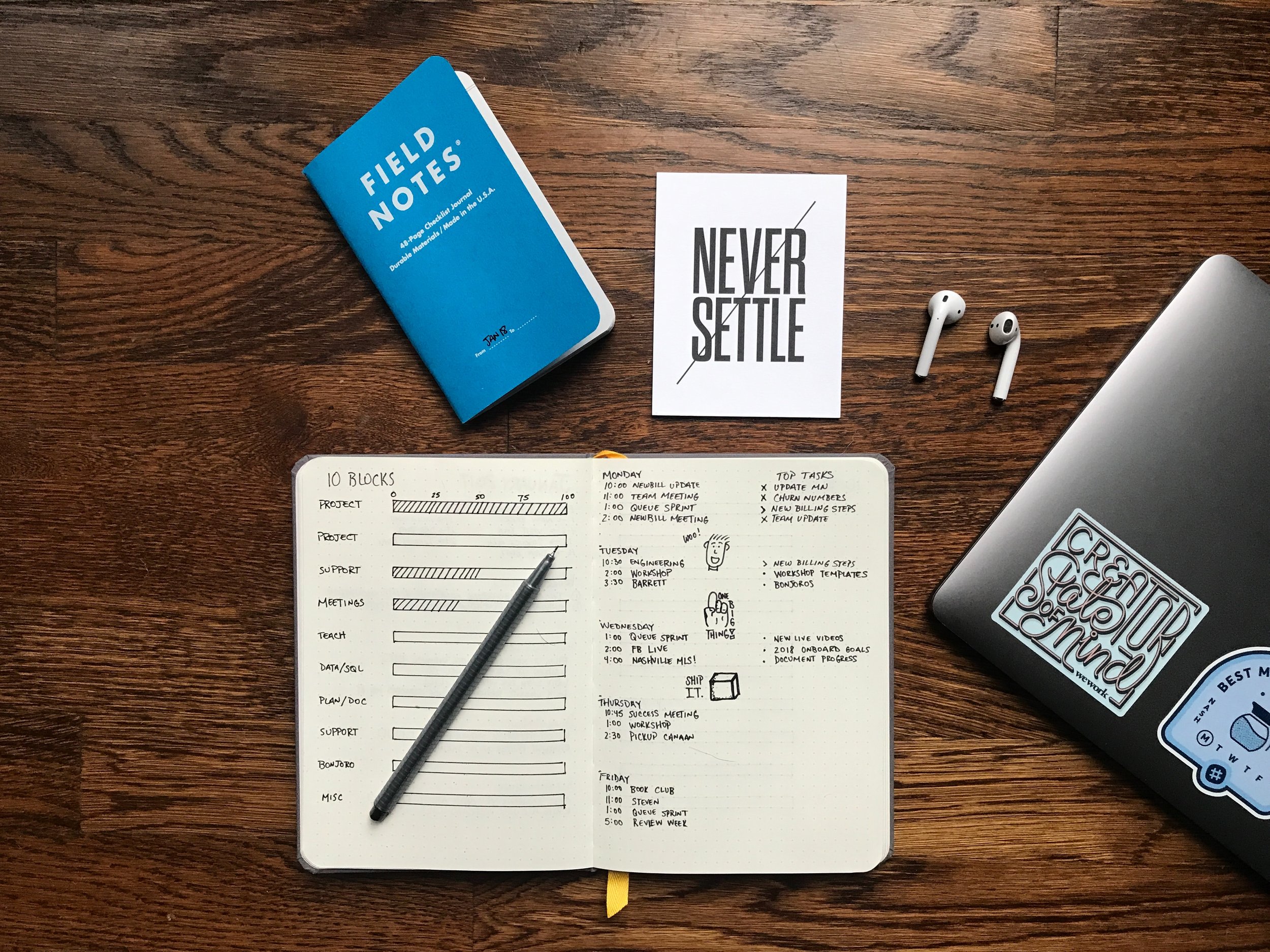
The power of compounding in FP&A
Compound interest is one of those principles that can leave you speechless about how powerful it is. You don’t notice it at first, but consistently making a small step in the right direction makes a big difference. Here is how you can use it to your advantage when trying to master FP&A.

What you need to unlearn to succeed in FP&A
A college degree in business, finance, or accounting is an excellent foundation for a career in FP&A. But traditional education comes with a significant downside. Going for perfect grades at work can set you up for failure. Here is why and what to do about it.

My FP&A productivity approach
I made a lot of mistakes during my 12 years in FP&A. Many of them resulted in things taking longer than they should. But I learned from them. In this post, I share my productivity lessons covering a typical month in the life of an FP&A Analyst. We cover the Dos and Don’ts for Month-End Close, Management Reporting, Forecast Updates, and Financial Modeling.

Less is more in FP&A
People think spending a few more hours each month on things like forecasting, variance analysis, or creating a financial package will surely pay out. But I argue that there are ways to save time that don’t sacrifice quality. And as a result, you can invest those extra hours into those activities that have the highest impact. In this short article, I summarize four ways how to do just that.

How to spend less time in meetings
Spending too much time in meetings is risky. That’s because it robs you of the opportunity to take a step back and look at your responsibilities from a different angle. At best, you lose out on out-of-the-box ideas. Worst case, you won’t get out of firefighting mode, because you lack the time to prevent fires from happening in the first place. Read on to learn 4 ways to spend less time stuck in meetings.

How to say “no” as FP&A Business Partner
Saying “no” at work is as essential as it is difficult. But, like so much else, it’s a skill that can be learned.
If you follow these four steps, you are well on your way to lightening up your workload.

How to save time when creating financial presentations
Don’t waste time spending hours every month preparing your financial presentations. There are a number of tricks you can use to save time - even without investing in a new tool.

Are you using the 80/20 principle to its fullest?
The 80/20 principle, also known as the Pareto principle, says that it takes 20% of the effort to achieve 80% of the results. To get the remaining 20%, you’ll need to put in 80% of the resources.
Read on to learn 5 ways to apply it in your role.

Don't always prioritize urgent tasks - use this framework instead
Sometimes we feel like we rush from urgent task to urgent task but still feel like we didn’t accomplish anything meaningful at the end of the day. And we may start to think that we shouldn’t have to deal with the same kind of issue over and over again.
To get you out of this “busyness conundrum” I combined two prioritization frameworks to hopefully make your work life a bit easier to manage.

How FP&A teams collaborate efficiently
In FP&A, we often create big presentations that require multiple people to work together. Read on to see two common examples, one that wastes time and effort and another that shows how FP&A can collaborate efficiently.
